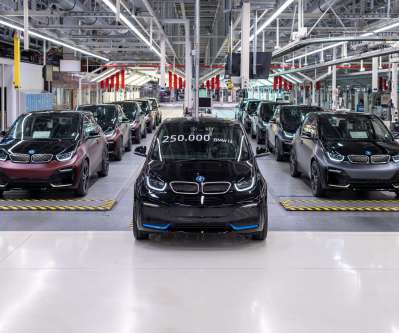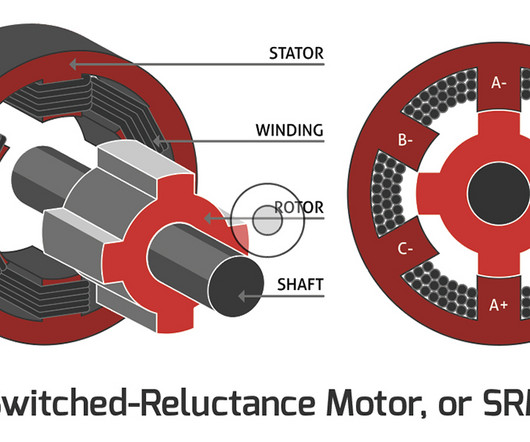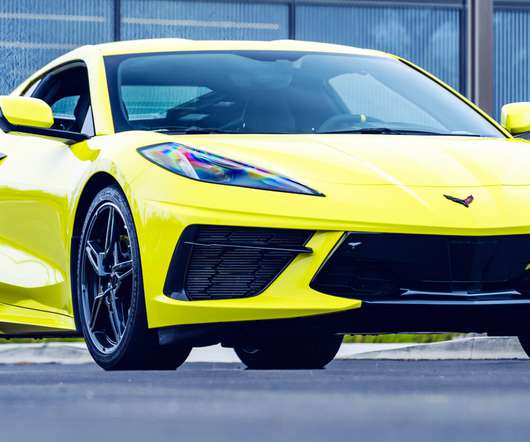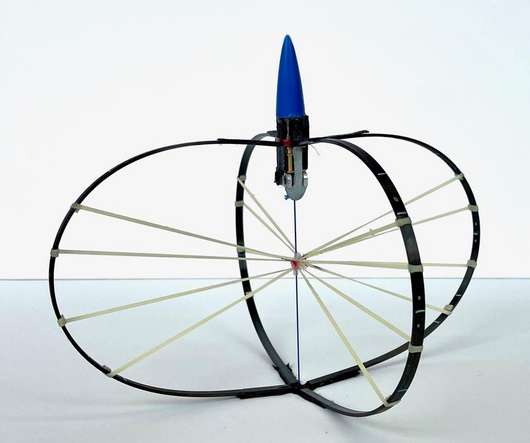CarboSax: new joint venture for more sustainable carbon fiber production forms in Germany
Green Car Congress
OCTOBER 13, 2016
PD Glasseiden, a Germany-based producer of fiberglass; European Carbon Fiber GmbH; and the ForschungsCampus Open Hybrid LabFactory e.V., In the first step at a location in Chemnitz, Saxony, CarboSax will build a pilot line for the sustainable production of carbon fibers.


























Let's personalize your content